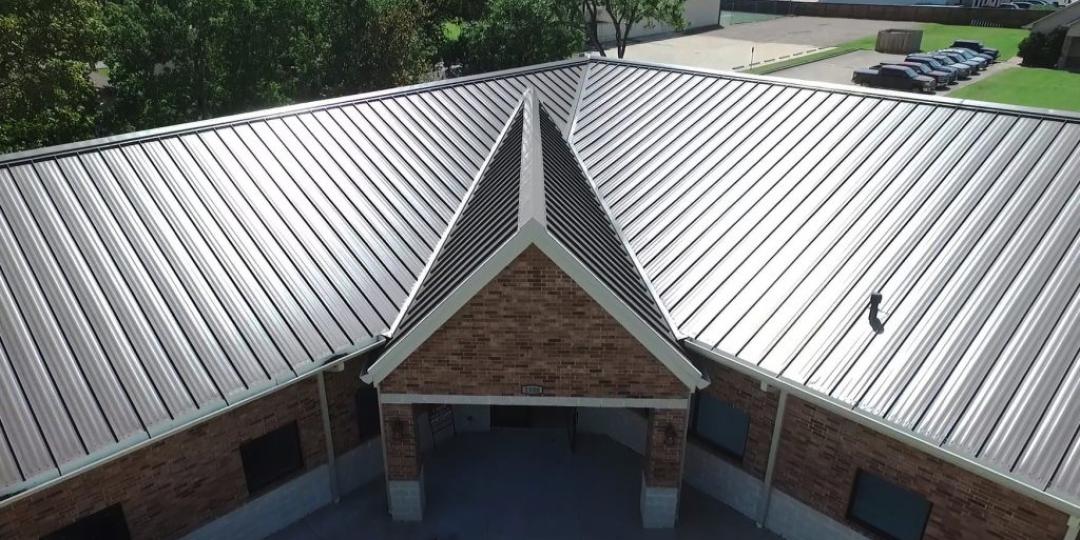The South African National Energy Development Institute (SANEDI) has been rolling out “cool surfaces” across the country over recent years, aiming to provide a low-tech, but energy efficient cooling solution to communities. Many partnerships and collaborations have enabled the coverage of hundreds of thousands of square metres, coating roofs and walls with a heat-reflective substrate designed to lower indoor air temperatures without the use of air conditioning.

“While provisional studies and data from other countries showed us that cool surfaces were a good investment, we felt it was important to formally document the results of non-SANEDI initiated South African projects, to further demonstrate the impacts of local cool surface interventions,” explains Denise Lundall, Project Officer, Energy Efficiency Cool Surfaces, at SANEDI. Having worked extensively with the German Development Agency in South Africa, (the South African - German Energy Partnership within the Deutsche Gesellschaft für International Zusammenarbeit (GIZ) GmbH) SANEDI made a request to them to procure the services of an expert consultant to document the results of two projects undertaken by stakeholders in the hot and humid Kwa Zulu-Natal province.
“Two sites were chosen – one industrial and one in the hospitality sector – to study the results of cool surface interventions in these applications. The assessment process included qualitative (survey-based) and quantitative (statistical) components. This enabled a holistic review and analysis of the technology applied, its measurable and perceived effects, and acceptance among researchers, manufacturers and prospective users,” Lundall says.
At the Saint Lucia Ecolodge along the Saint Lucia Estuary, isolated controlled experimental metering proved to be successful in determining the effect of the technology. The study looked at the specific electricity requirements for one coated and one uncoated hotel bungalow. “Over the examined 24-hour period, a reduction of 1,3 kWh or 5% was observed. When you look at what this means over an average year in Saint Lucia, the lodge would gain a potential reduction of cooling energy consumption in the order of 600 to 670 kWh, translating to a cost reduction of between R1200 and R1340,” explains Lundall.

The second study also took place in Kwa Zulu-Natal at Genkem, a manufacturer and supplier of paints. They have developed a cool paint which was used in the pilot project, looking at both the maximum temperature and the average temperatures over several days. “This helped establish the impact of cool coating technology in reducing indoor temperature, energy consumption and demand. The study compared two repurposed containers: one coated and one uncoated,” says Lundall. It was found that the mean average daily temperatures differed by 1,9°C and mean maximum temperatures differed by 7°C.
Lundall says: “This is a substantial difference, and clearly demonstrates the significant potential for reducing electricity demand for cooling and improving thermal comfort during hot South African summers. These results have further motivated SANEDI to continue promoting cool surfaces as an energy-efficient alternative to mechanical heating, ventilation, and air conditioning.”
SANEDI has also rolled out cool roofing projects in communities where local, unemployed people are trained as coating applicators to support the project, further adding to job creation. “There is local capacity and capability in South Africa, which can be leveraged to support the widespread application of cool coating in various sectors and building types,” concludes Lundall.
To read the full report please click here
For more information, go to www.sanedi.org.za.















